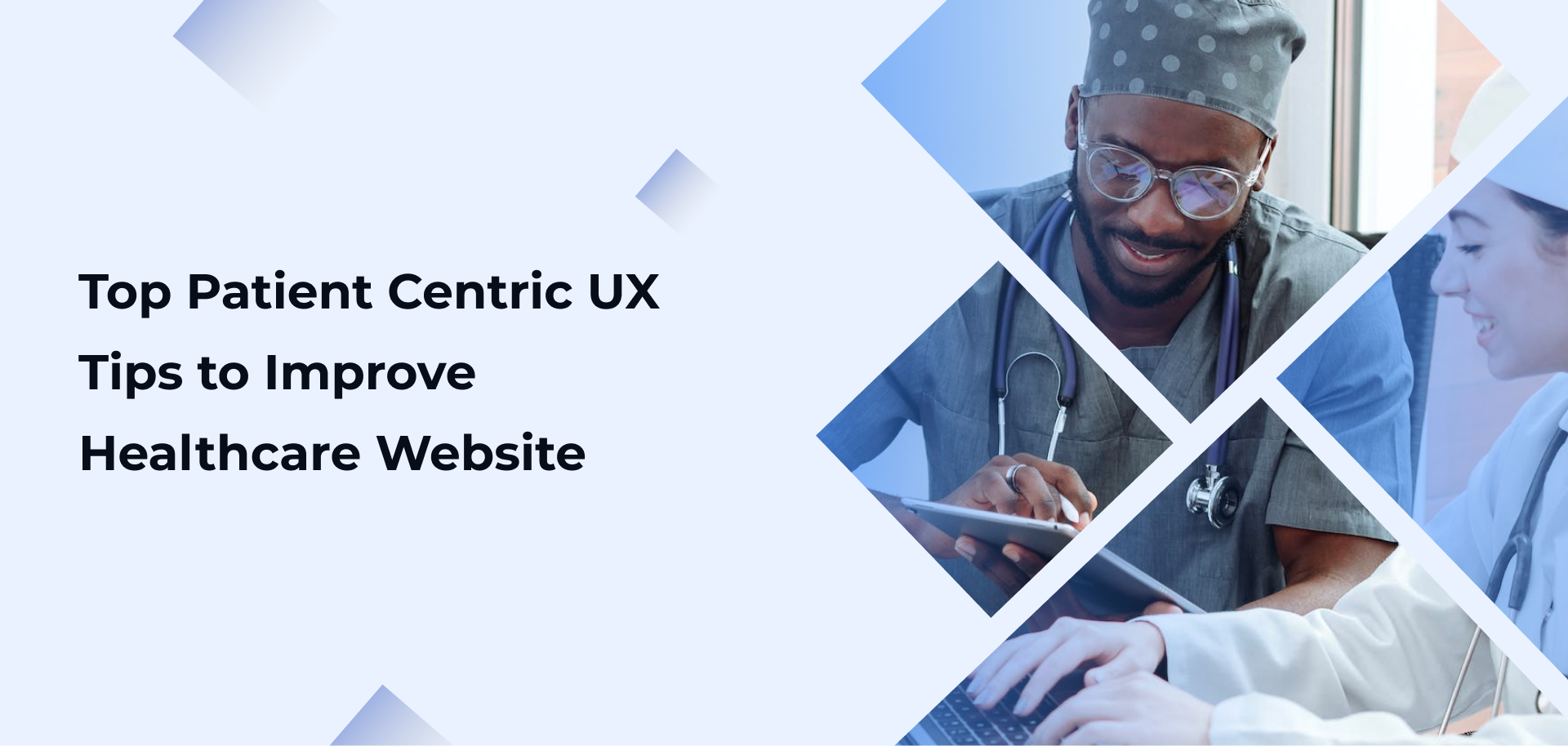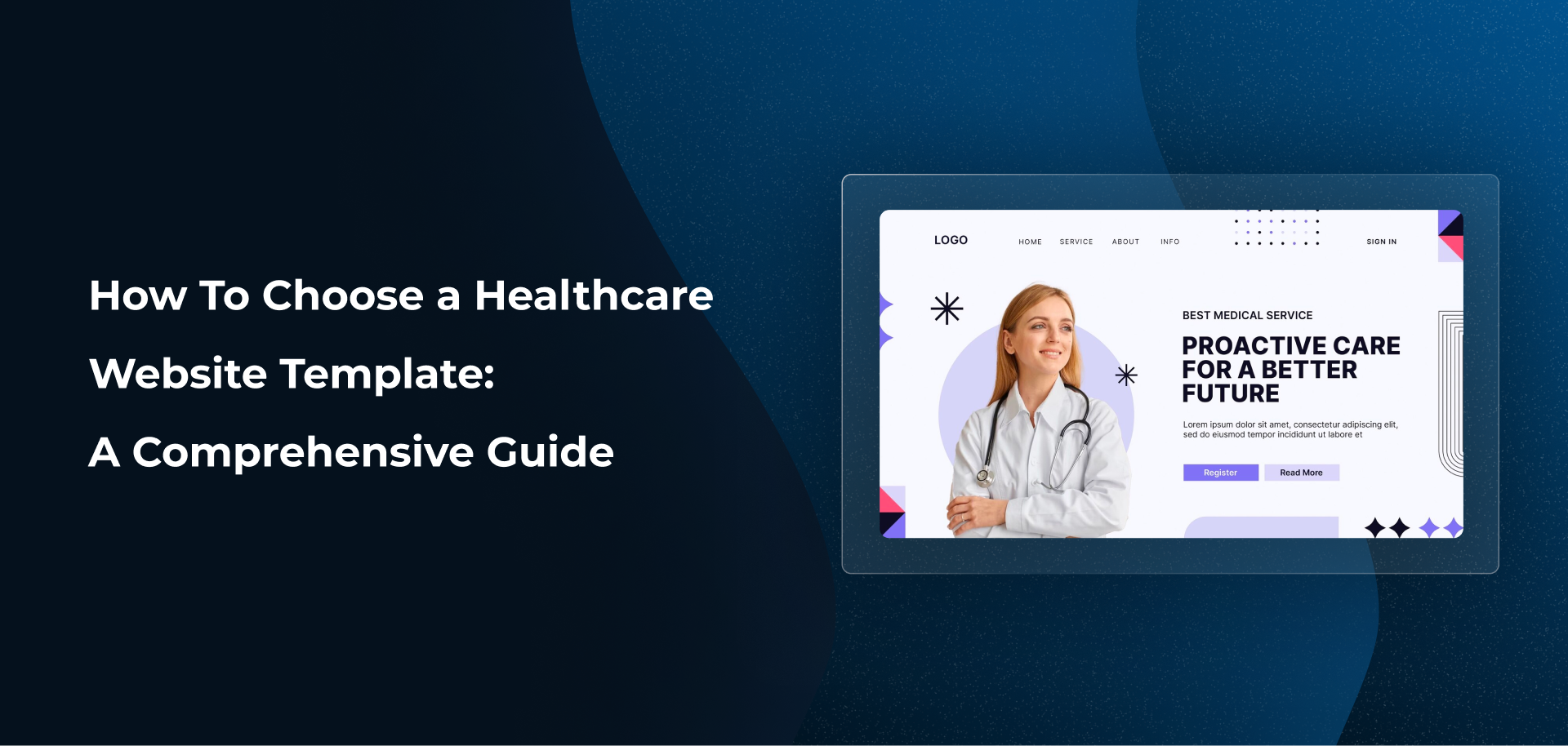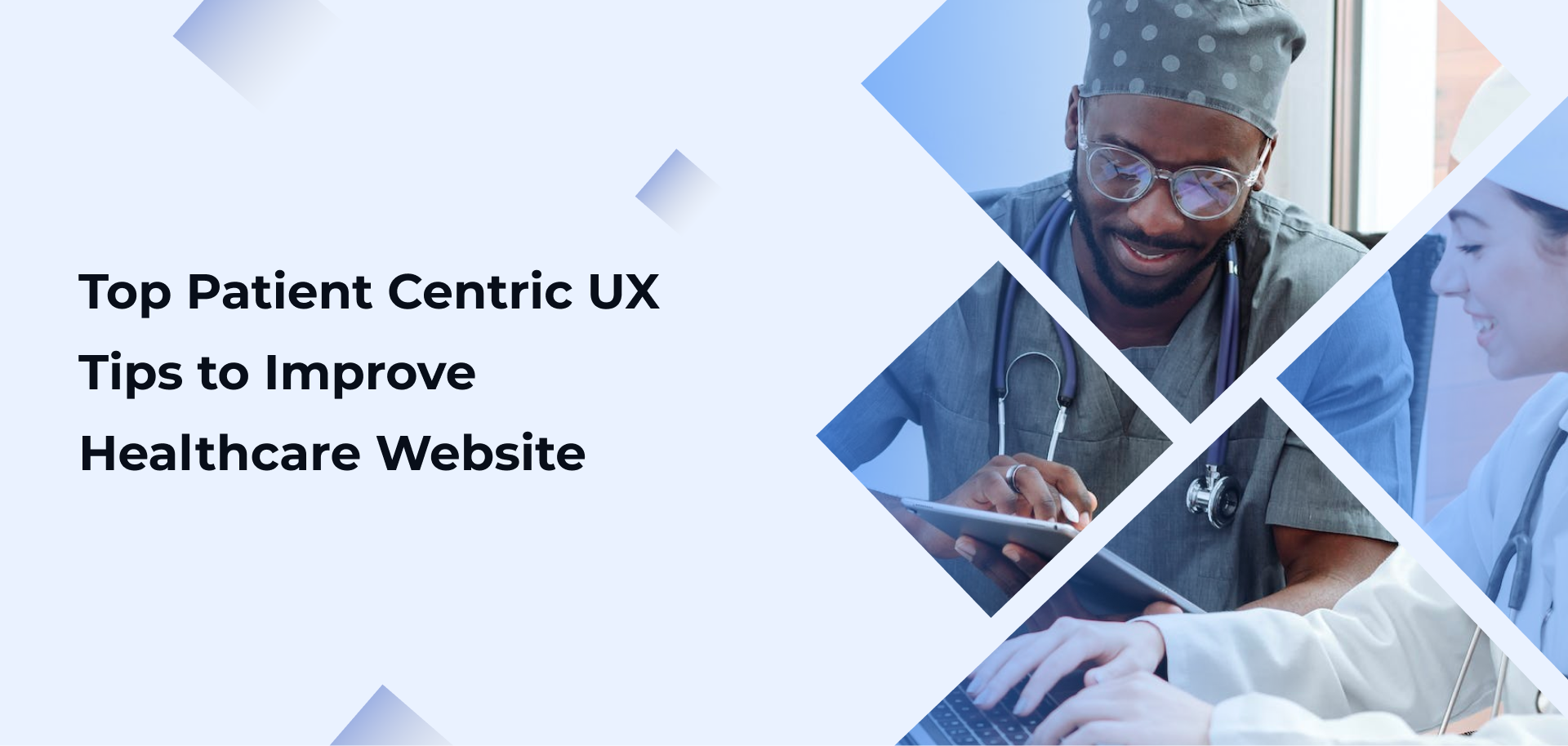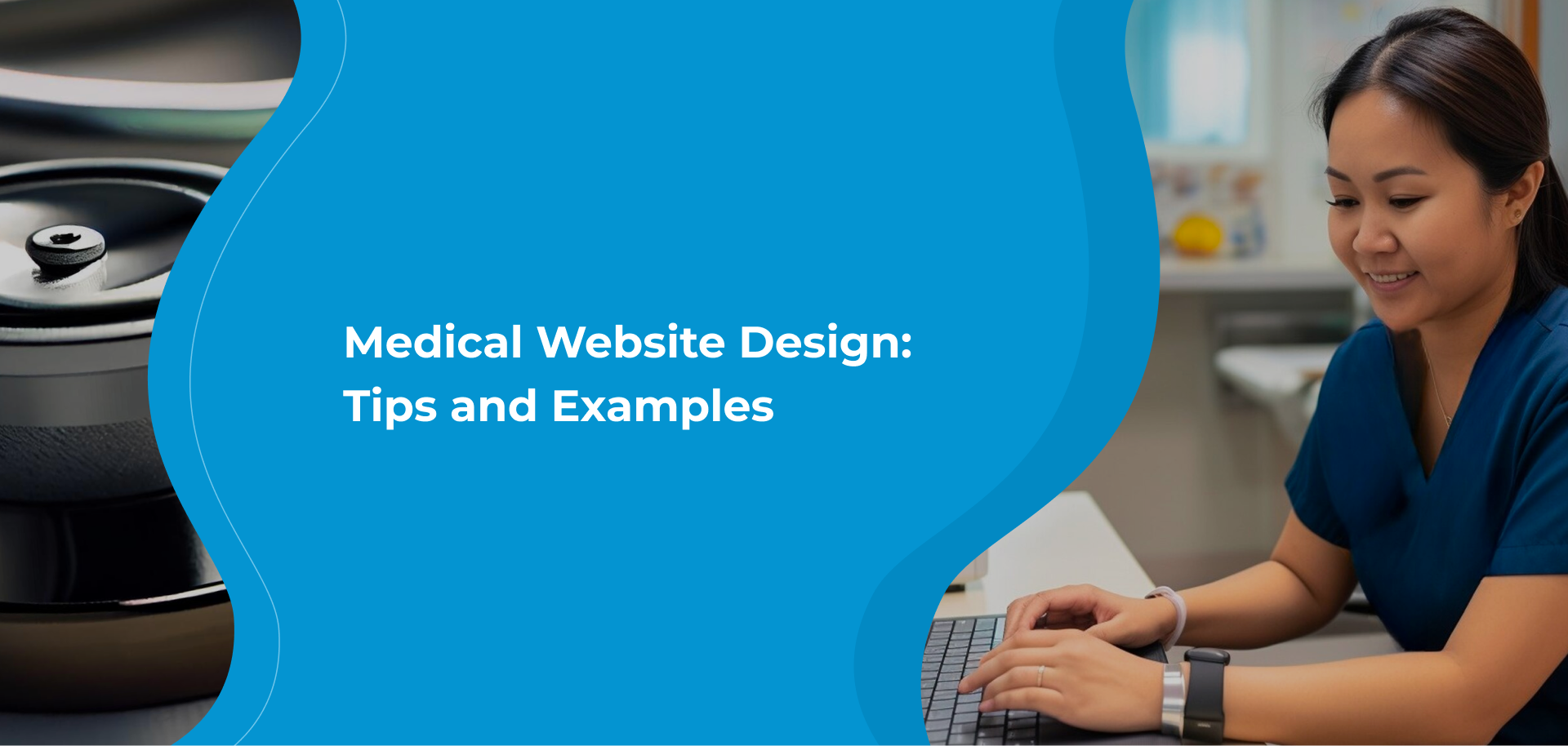Top Patient-Centric User Experience Tips That Drastically Improve Your Healthcare Website

A concerned daughter, Akriti, navigates through a healthcare website in search of reliable information about her mother’s newly diagnosed condition. She meets with intense distress and frustration while trying to make sense of the convoluted website with poor outlines, sparse information, and confusing medical jargons.
There’s no doubt about how important a healthcare website is, in the world of digital landscape. For healthcare companies including but not limited to diagnostics companies, pharmaceutical, medical devices, biotechnology, and health insurance providers, a seamless online platform is a gateway to relaying crucial health information that is digestible to the laymen, and positioning oneself as a thought leader, thus fostering trust and reliability.
Alas, in Akriti’s case, the website failed to empathize with her needs and instead of easing her anxiety, it only added more fuel to the fire. Perhaps that’s what the website lacked, a patient-centric user experience.
The Biomedical Boom
The obvious surge in the global biotechnology market, especially post Covid 19, according to the recent survey, was valued at USD 1.55 trillion in 2023. However this growth rate is expected to keep increasing with a projected annual growth rate of 13.9% between 2022 and 2030.
One such part of the world which is expected to expand at the fastest growth rate from 2024 to 2030 is Asia Pacific.
Particularly India, majorly including recombinant therapeutics and vaccines. In December 2023, India was a prominent player in the biotechnology market by becoming a global supplier of BCG, DBT, and measles vaccines.
Since there is no stopping of industry expansion, the need for responsive and patient-centric designs isn’t something that can be treated as a mere option. This rings true, observing the healthcare sector as they no longer are ignoring the obvious gap between the website user experience and user expectations. They are making it a conscious effort to experiment and adopt designs that address the patient’s needs.

Why Healthcare UX Faces Challenges
There are two primary factors why the healthcare UX is facing challenges:
1. Due to the complexity of healthcare systems, it becomes difficult to cater to the diversified needs of patients, healthcare providers, insurers, and administrators.
2.In healthcare, there’s often a mismatch in goals between the people who pay for the services (like employers or insurance plans) than the people who actually use the services (the patients). This is often due to the different priorities between both the parties. Since the friction couldn’t be avoided, this gives rise to This mismatch in goals can affect how healthcare technology is designed and can sometimes lead to experiences that don’t fully meet the needs of the patients.
So what constitutes a patient-centric design?
More than just a cool word, patient-centric design creates holistic healthcare solutions that meet the personalized needs, preferences, and experiences of patients. With the patient-centric design, websites can take into consideration the many aspects of patients’ needs like personalization, empathy, accessibility, easy interaction among others.
Diagnosis: Your Website’s User Experience
Why is the website important in today’s digital realm? Since we practically live in the digital space, your website is the digital representation of your biomedical organization, the first point of contact for patients and stakeholders where they would rely on seeking the more accurate and true information.
It’s about hitting this sweet spot between understanding the organization’s core, vision, and values and meeting the personalized needs of the target audience to deliver an immersive web experience.
Designing a Better Website Experience for Patients

Here are some of the principles that you can adhere to for designing a better patient experience:
-
Understand the patients thoroughly: by conducting an in depth user research, understanding their needs, medical history and user persona to tailor personalized experiences.
-
Map out the Patient Journey: which is a continuous journey in a healthcare world. It’s about focusing on the emotions and goals of the patient, all the while keeping an eye on the areas of improvement.
-
Provide authentic data and information: that is in alignment with the patient’s needs and expectations.
-
Keep appointment bookings simple: by keeping simple and quick to avoid any frustrations or major drop offs.
-
Continuously improve website: by deploying a feedback mechanism at various touch points to avoid website glitches.
-
Adapting AI: to automate repetitive tasks.
Consider the following tips to further enhance the website experience:
1.Website navigation should be clear and information should be organized in a logical, systematic way
2.Website should be mobile friendly, as most of the patients prefer to access website through their phones
3.Steer clear of all the possible medical jargons by using clear, easy to understand language
4.Appeal to a wider audience by adding attractive HD quality graphics and videos
5.Display testimonials and reviews to build trust and credibility
6.Ensure your website is accessible to all the audience, including people with disabilities
7.Ensure your website is free from the glitches and has a fast loading speed

Keeping Patients at the forefront
At the end patients are humans, and a key to having the best website user experience is by putting their needs first.
By adhering to the above mentioned principles and tips mentioned above, patients are bound to be satisfied the next time they visit the website. Since the world of biotechnology is essentially a patient-centric world, your healthcare website should also strive to have a patient-centric design.
Build a professional website, and start managing your practice like a pro
Experience infinite possibilities beyond basic templates
30+ free, customisable templates, meticulously researched and tailored for an optimal patient experience.








